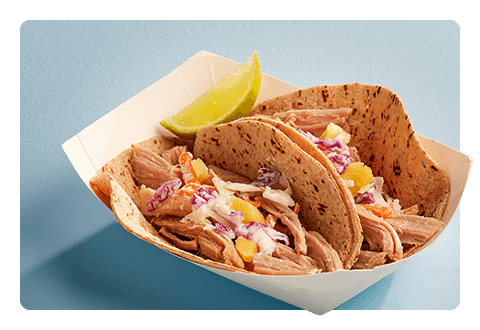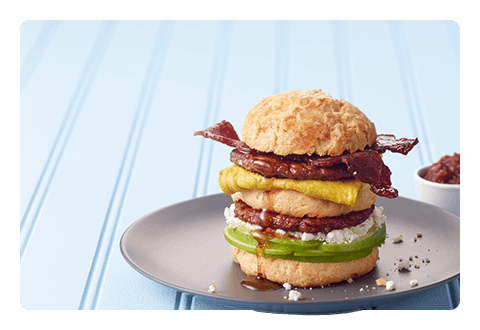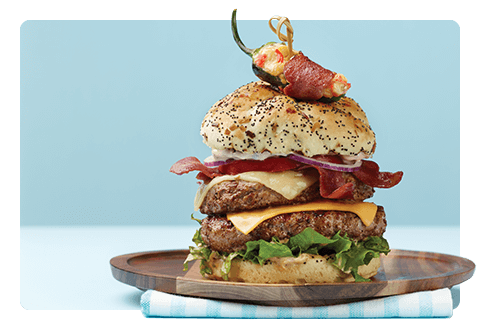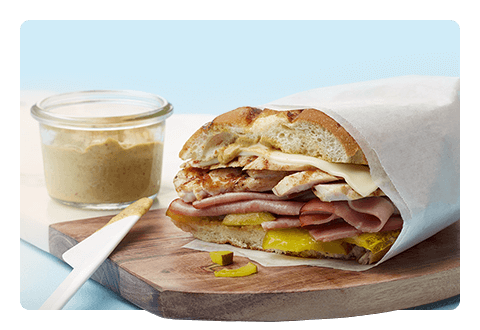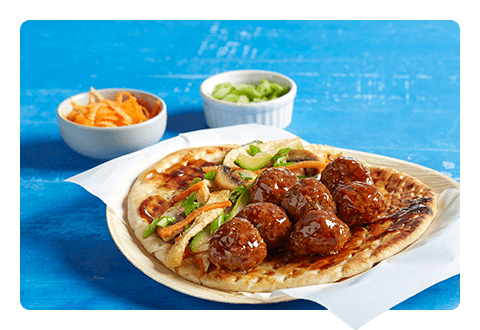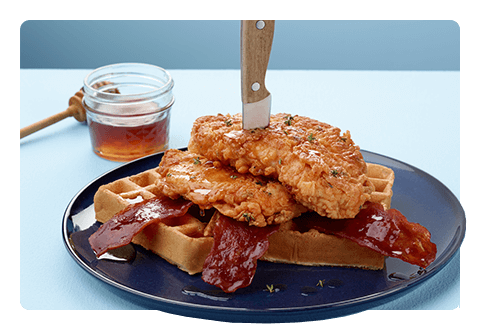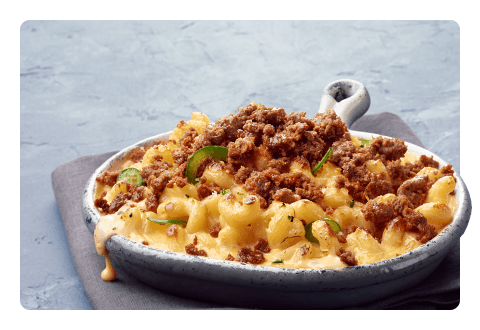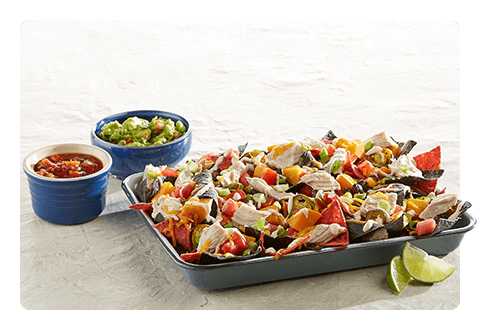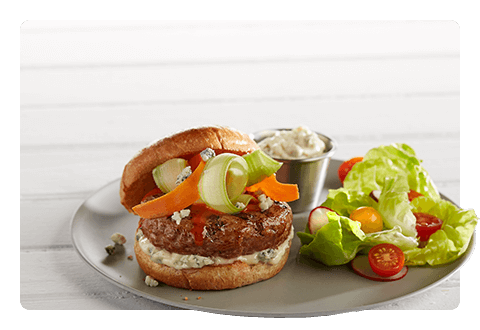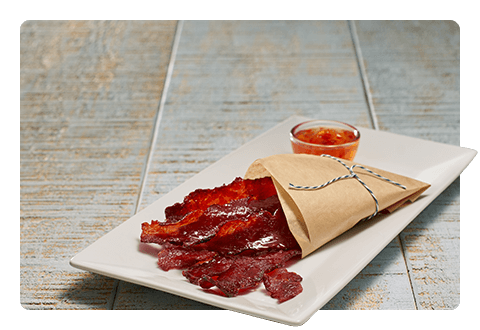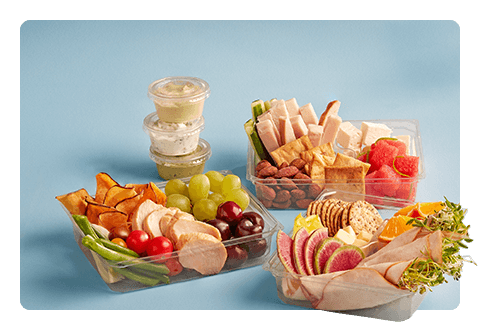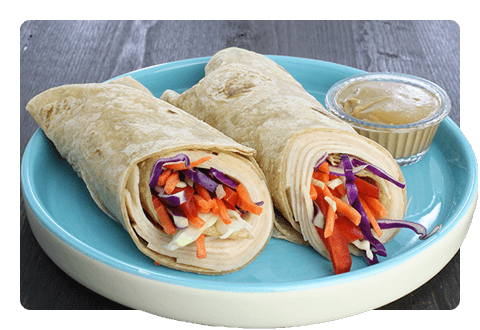How Menus with Calorie Counts Impact Consumer Habits
March 2019
Today’s consumers are not only busier than ever but also more health conscious. Technomic research indicates that diners’ focus on nutritional information will keep growing, and they’ll continue to choose healthy options as their understanding of nutrition evolves. To better inform diners about their away-from-home meals, operators across the country are now required to provide the transparency guests seek.
For years, chains have posted calorie counts on menus because of regional regulations. But in May 2018, the FDA made this a nationwide mandate. Food operations with 20 or more units must include calorie counts and nutritional information on their menus—even those in movie theaters, bowling alleys and bars. The rule calls for visible calorie numbers next to the item’s name or price and a reminder of the recommended daily intake of 2,000 calories.
This additional information can affect customers when it’s time to order. In examining the effect of food labels, researchers found that menus with calorie counts decreased diners’ intake of unhealthy food options by 13% and increased vegetable consumption by 13.5%. Meanwhile, heavy appetizers and fatty entrees were less popular as diners’ calorie intake fell by 6.6% and fat intake fell by 10.6%. However, there weren’t major changes for beverages, desserts, or meals with carbs or protein. This information suggests that consumers are still willing to splurge on certain items.
While many diners choose healthier options when provided with calorie counts, some are unmoved. Their behavior changed less at fast-food chains than full-service locations. Although some research shows that calorie counts may not draw consumers’ attention or affect their orders, long-term changes in behavior—which are more difficult to determine—are still possible. For instance, the nutritional info might influence what people purchase at their next visit or make them decide to dine at a different restaurant.
Just as these patrons adapt when given more information about nutrition, so does the food industry. In 2003, the FDA required manufacturers to start labeling trans fat in their products, and many companies reformulated their ingredients to reduce it. Operators are already adjusting to growing consumer interest in health, as new menu items feature a 12% decrease in calories, a difference of roughly 60 calories, from year to year. Because operators are cautious about changing customer favorites, many opt to add more nutritious fare to their menus instead.
Operators should consider offering lighter, healthier selections since calorie count displays have the potential to discourage customers from ordering calorically dense meals. Incorporating dishes that include turkey, for example, provides a low-calorie, high-protein option. Turkey is a better-for-you ingredient that can be used in a wide variety of recipes to satisfy health-conscious patrons.
What kinds of healthy choices does your operation offer? Let us know on Facebook or LinkedIn. To see what else is buzzing in the industry, check out our Resource Center.
SOURCES
Healthy Eating Consumer Trend Report, Technomic, 2018.
Calorie Labeling on Restaurant Menus and Vending Machines: What You Need To Know, U.S. Food & Drug Administration, July 2018.
Shoup, Mary Ellen. Study: What kind of impact does food labeling have on consumption?, FoodNavigator-USA, January 2019.
Calorie counts on restaurant menus have customers ordering less, ScienceDaily, September 2018.



